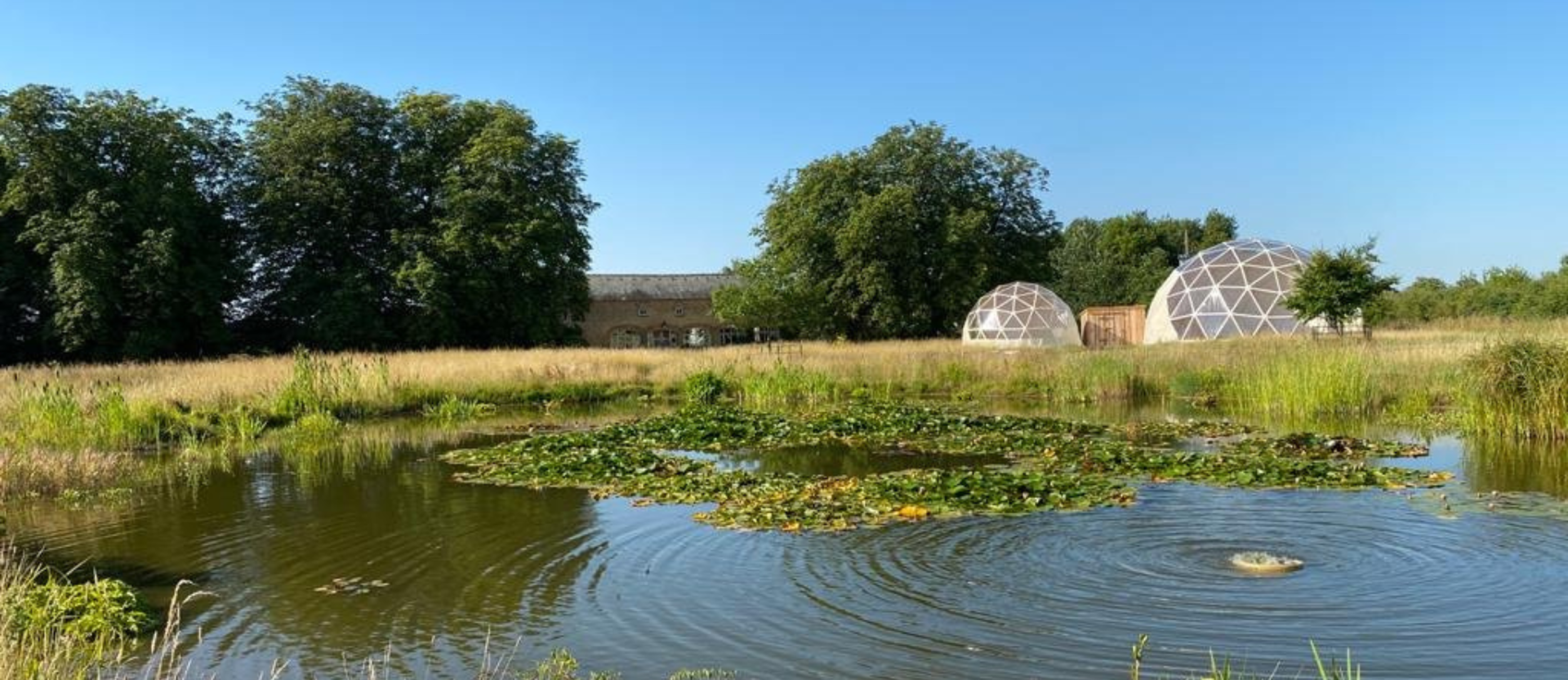
About us
We're so happy you're here
Our Story
A retreat venue like no other, Purusha Retreats is here to foster rest and relaxation, transformation and creativity through retreats, workshops, exceptional events and weddings.
Purusha is based here on our family farm and works in complete harmony with our approach. Both the farm and Purusha have sustainability at their core and we strive to be completely sympathetic with our rural environment and also offer everything a retreat host truly needs with a cool boutique hotel-style vibe.
Our aim is to give our yoga retreat leaders, creative coaches and wedding hosts a rather special venue to hold experiences in. We’re creating a space that’s naturally easy-going, restorative and a true escape from the busyness of our external world.
Creating a dreamy space where we can warmly welcome our retreat guests means everything to me and my family. And along with my hero of a husband Jon & our inquisitive girls by our side, we're busy infusing our spaces with creativity and thoughtful touches to make your visit magical.
We’ve big dreams for Purusha and we’re so thankful to have you here with us on our journey, I hope you’ll come see us soon to experience the magic for yourself.
Love Katie, Jon & the girls
xx
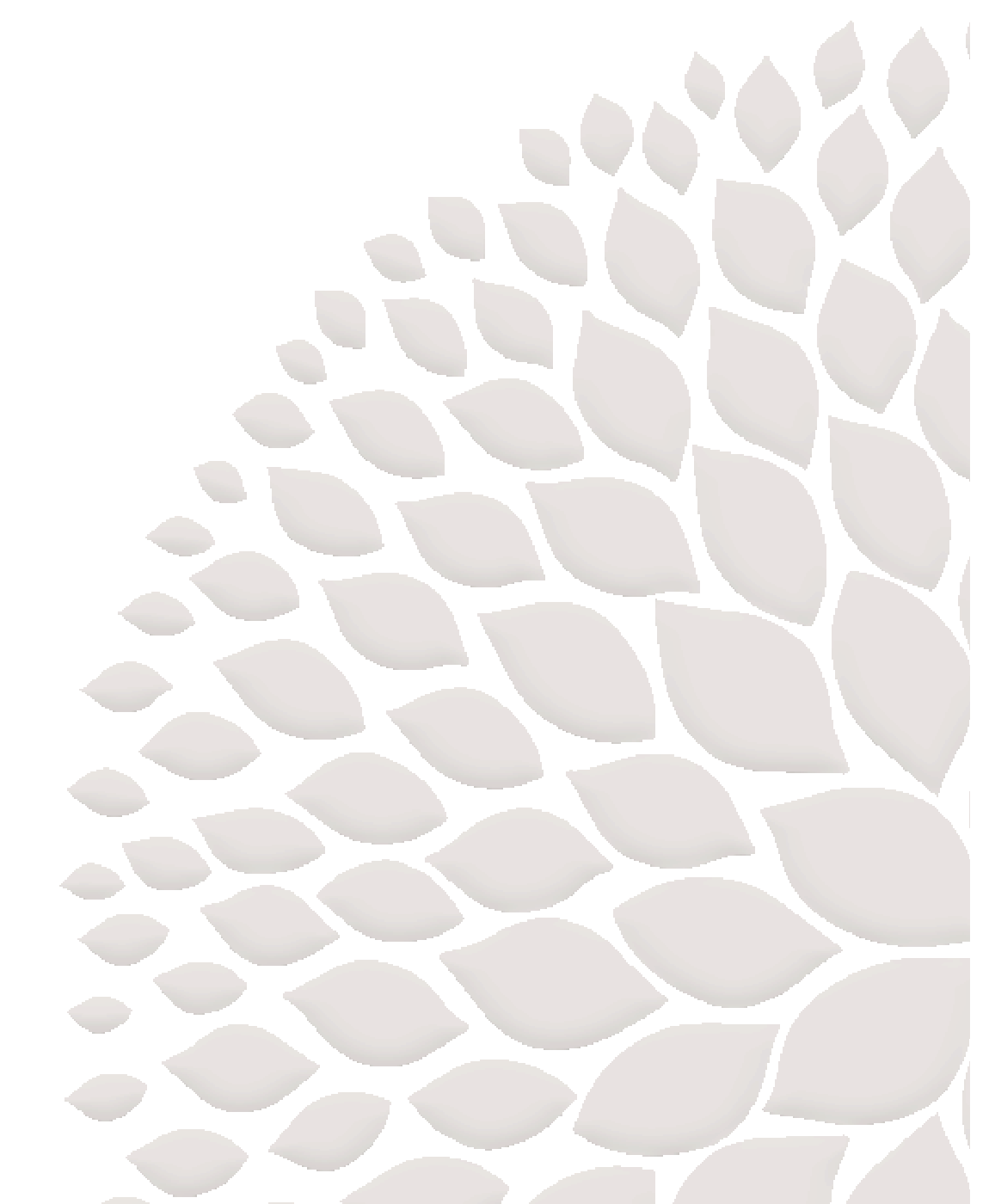
“It has been such a magical weekend for us and the place you have created is absolutely perfect.”
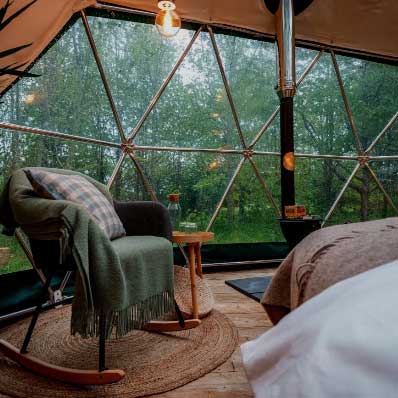
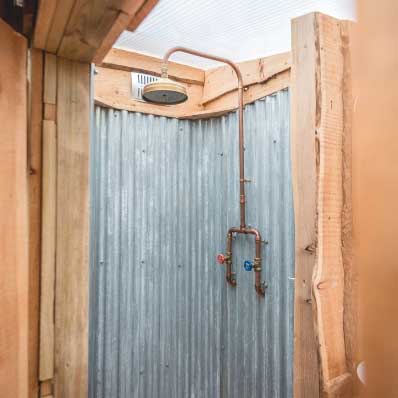
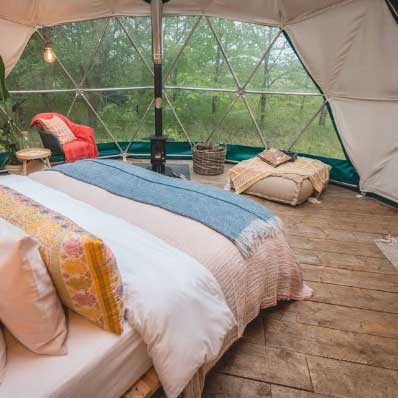
Make an enquiry
If you would like to know more or discuss your retreat at Purusha, please get in touch.



